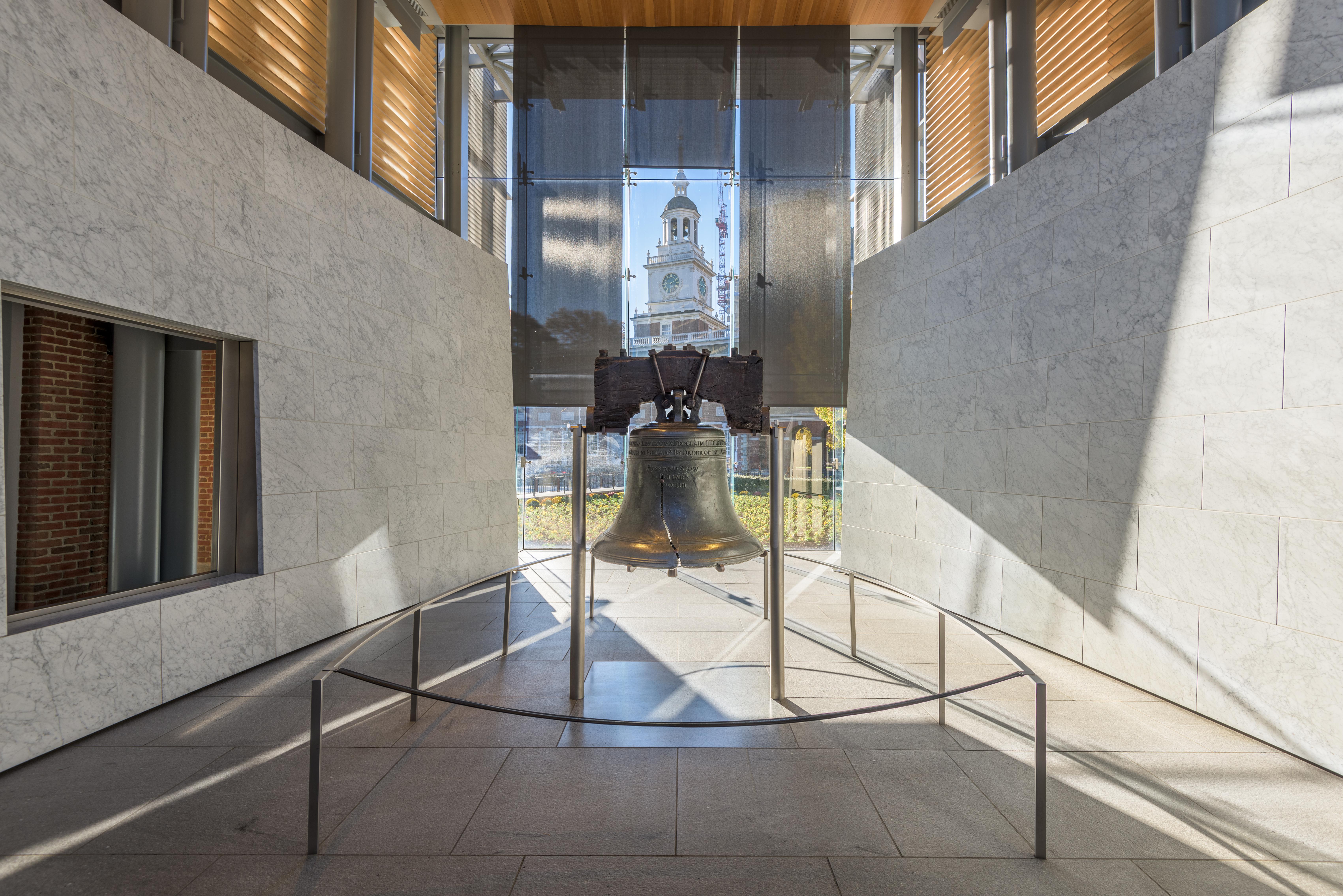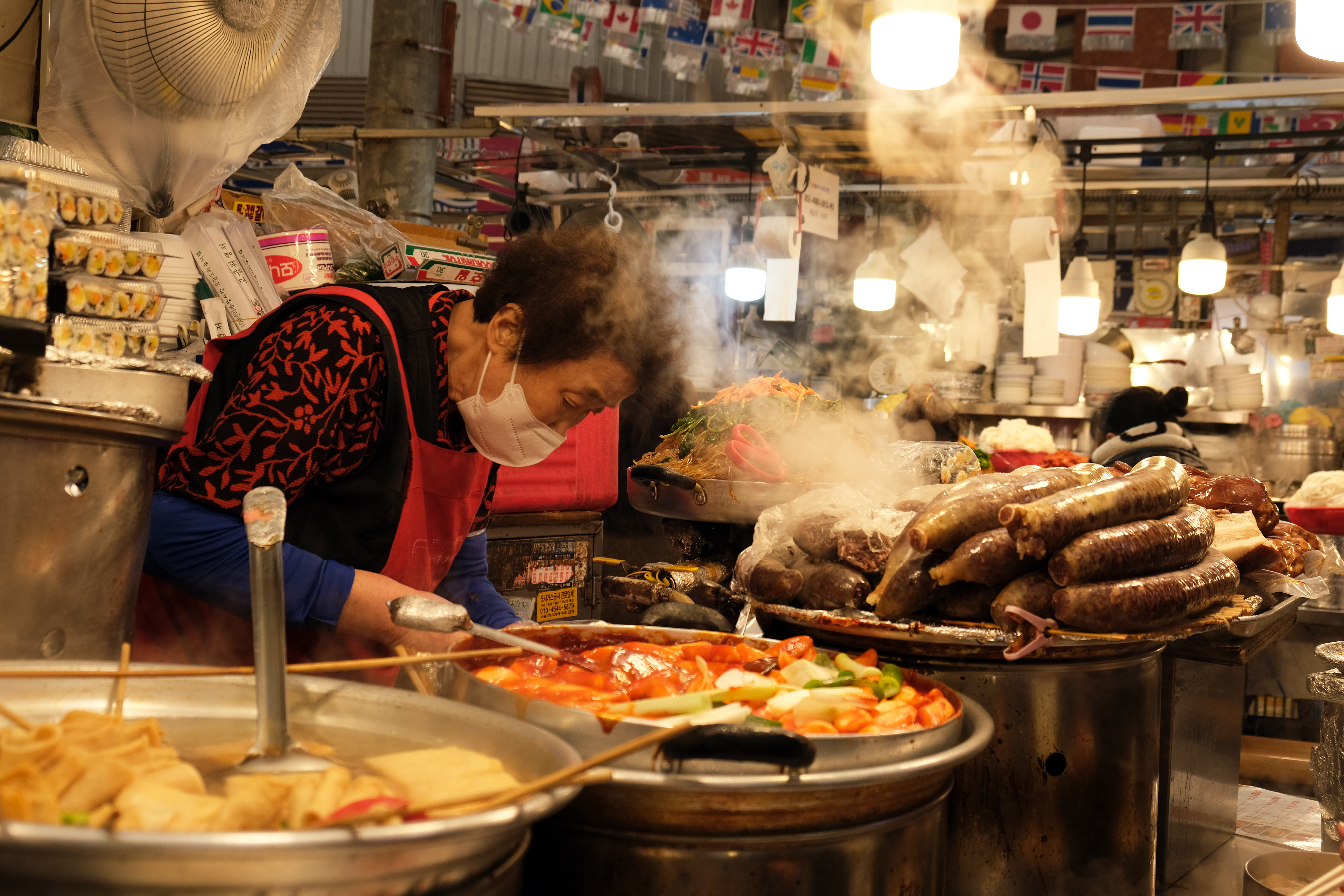10 Asian Food Adventures Drawing American Palates Eastward
Asian cuisine has long intrigued American eaters, but a new surge in culinary curiosity is drawing food lovers deeper into both traditional and modern flavors from East and Southeast Asia. While classic favorites like sushi and stir-fry remain a staple, a new generation of chefs, entrepreneurs, and home cooks is introducing bolder, regionally focused dishes to tables across the U.S. Food halls now host ramen counters and bubble tea kiosks; neighborhood pop-ups celebrate Filipino sweets or Thai street snacks. These trends aren’t just fleeting—many have roots in centuries-old culinary customs, freshly interpreted for today’s multicultural appetite. As restaurants expand and delivery options multiply, Americans find it easier than ever to enjoy a spectrum of authentic and fusion dishes—from the sizzle of Korean BBQ to the surprise layers in Japanese desserts. The rise of social dining experiences, chef-led tasting bars, and DIY kits at home means exploring Asian food has become an adventure in itself. Whether looking to gather friends around a bubbling hot pot or savor an omakase sushi journey, these ten food experiences capture why more and more diners are following their taste buds eastward. Prepare to discover what’s fueling the movement, how these meals fit into growing U.S. food culture, and the best ways to try each flavor-rich trend.
1. Ramen Renaissance

Once relegated to college dorm kitchens, ramen now stands front and center in the American dining scene. Authentic ramen shops continue to spread across major cities, each boasting distinct broths such as creamy tonkotsu or warming miso. Diners have grown familiar with terms like shoyu, shio, and tsukemen, and many appreciate the hands-on pride chefs take in balancing toppings, noodles, and slow-cooked broths. This ramen renaissance is more than a trend, reflecting the U.S. hunger for experiential, social meals. Food halls often feature cult-favorite booths, and nationwide, home cooks can even order meal kits with real ramen essentials. Many culinary publications and influencers highlight the craft of American ramen chefs who trained in Japan or bring their own twist to the bowl. For many, a steaming bowl with hand-pulled noodles and a soft-boiled egg is now as crave-worthy as a burger or slice of pizza—familiar, but endlessly customizable.
2. Korean BBQ Craze
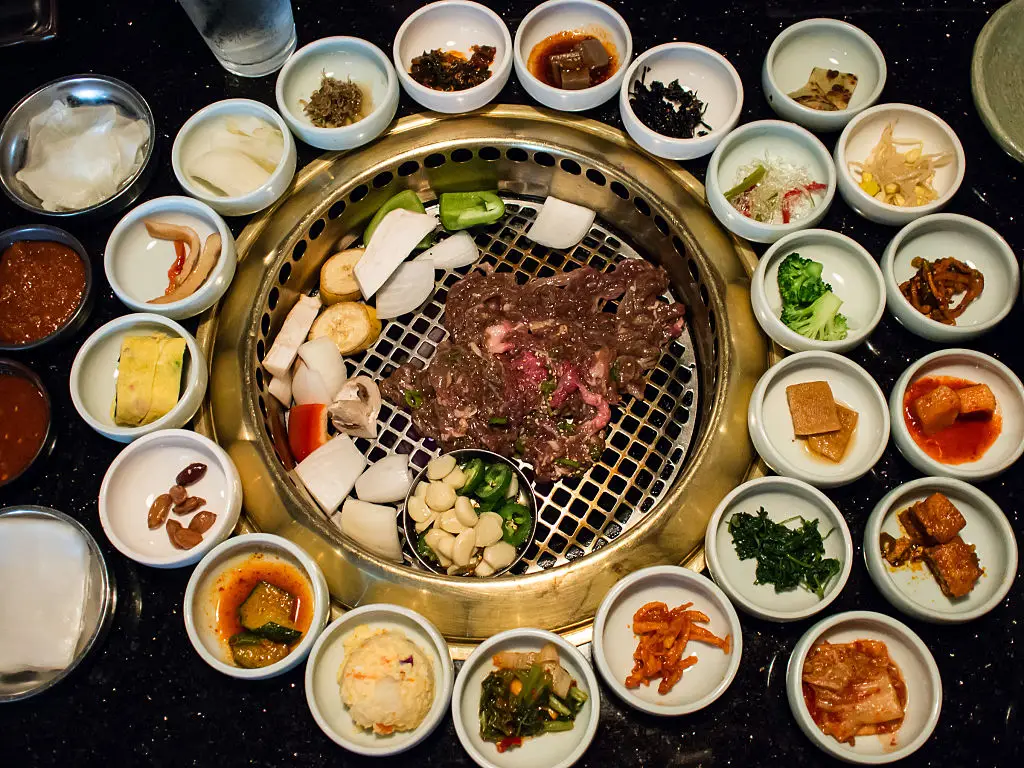
Korean BBQ is redefining how Americans experience eating out. The appeal goes well beyond sizzling marinated meats—guests become the chefs, grilling ingredients to their liking at the table. This shared, interactive meal has become a go-to for celebrations and groups, praised by regulars for encouraging laughter and connection over smoky grills. In cities like Los Angeles and New York, new Korean BBQ restaurants blend sleek, modern settings with centuries-old flavor profiles. Whether opting for unlimited platters or signature cuts, guests enjoy the thrill of pairing spicy kimchi and tangy sauces with melt-in-your-mouth bulgogi. The atmosphere is lively, social, and sometimes rowdy, making it a destination for both first-time adventurers and those seeking a taste of home. All-you-can-eat spots and premium venues continue to pop up nationwide, showing just how enthusiastically Americans have embraced the communal spirit of Korean BBQ.
3. Bubble Tea Culture
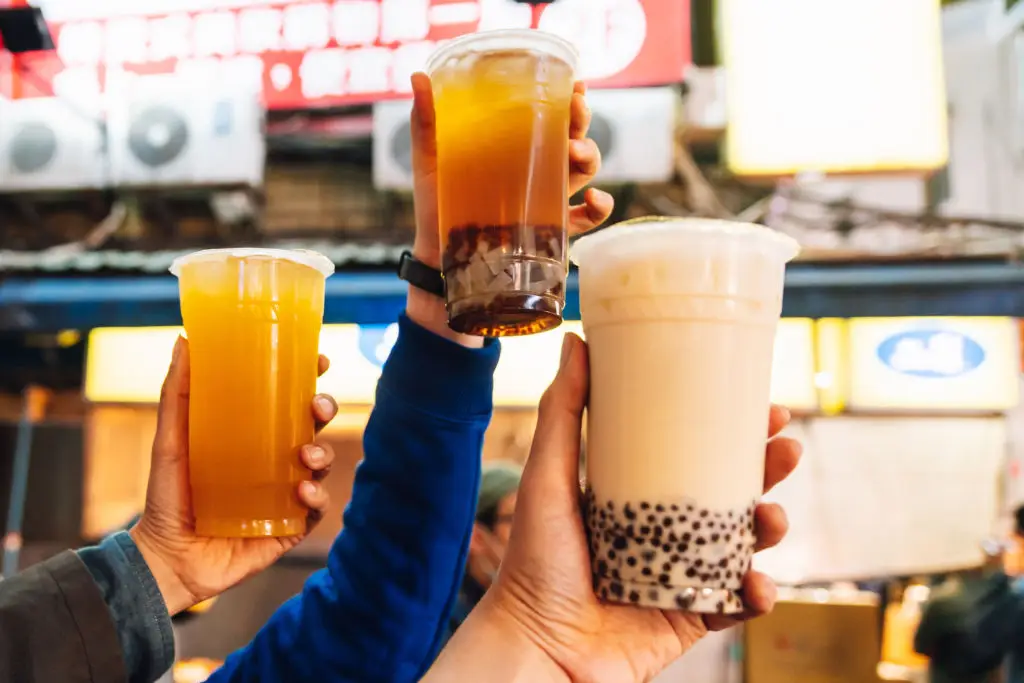
Bubble tea—also affectionately known as boba—has graduated from niche treat to a U.S. beverage mainstay. Originating in Taiwan, this drink combines tea or milk with chewy tapioca pearls, creating a playful texture that’s spurred a devoted following. New stores constantly debut, often met with eager lines and inventive flavor menus. Bubble tea shops stand out for customization: guests choose their preferred sweetness, tea base, and add-ins such as fruit jellies or brown sugar syrup. Classic options like taro and matcha sit alongside seasonal specials, reflecting both Asian roots and American creativity. The boba boom also fuels café innovations: many cafés now integrate bubble tea flavors into desserts and pastries, celebrating the crossover appeal of this international favorite. Bubble tea’s colorful visual appeal, combined with DIY drink options, keeps fans returning in search of the next great sip.
4. Sushi Beyond the Roll
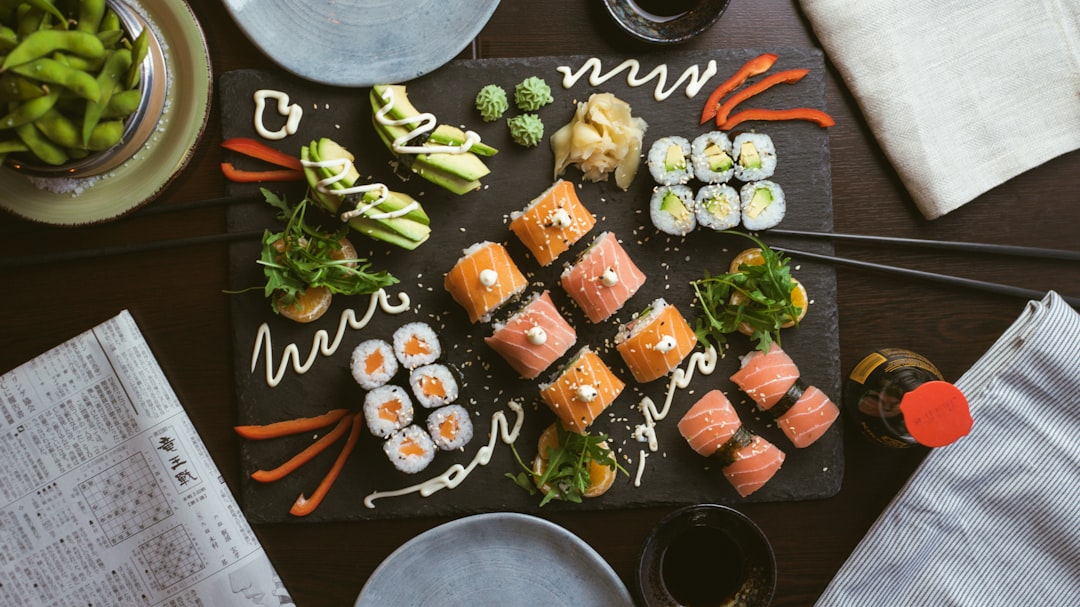
Sushi in America has evolved well beyond the California roll. Increasingly, diners are seeking out omakase—chef-curated tasting menus spotlighting seasonal fish and inventive techniques. Sushi bars offering handrolls, pressed sushi, or flame-seared aburi are emerging alongside traditional nigiri and maki spots. This evolution rewards adventurous eaters. Many chefs now showcase unusual cuts—uni (sea urchin), aji (mackerel), or torch-seared salmon—with detailed tasting notes. Story-driven service is central; patrons may hear tales of fish sourcing or learn the rituals behind each bite. Coast-to-coast, high-end omakase experiences coexist with more affordable, casual counters, allowing both newcomers and longtime sushi lovers to discover something new. The experience is intimate and memorable, with every plate crafted for surprise and satisfaction.
5. Filipino Food’s Sweet & Savory Surge

Filipino cuisine, once overshadowed by other Asian food trends, now shines as a rising star across America. Dishes like adobo and lumpia present rich, savory comfort, while desserts such as ube ice cream and halo-halo offer vibrant color and unexpected textures. Filipino-inspired eateries are winning fans for their bold flavor contrasts and sense of nostalgia, especially in metropolitan food scenes. Recent years have seen Filipino food festivals draw crowds, and acclaimed Filipino-American chefs open restaurants that blend family recipes with modern twists. Staples like sizzling sisig and creamy leche flan appear on both street food carts and fine-dining menus. Many American diners mention falling for the cuisine’s sweet-and-savory interplay, from garlicky pork to coconut-laced desserts. Its growing presence in supermarkets and popular recipe blogs suggests Filipino food is more than a trend—it’s a new comfort classic for many.
6. Dim Sum Traditions Revived

Dim sum, once a weekend ritual reserved for city Chinatowns, is now a celebrated part of mainstream brunch culture. Steaming bamboo baskets of dumplings, buns, and rice noodle rolls wheel through busy teahouses and sleek new restaurants alike. Americans have embraced the small-plates approach—tasting, sharing, and debating favorites at every table. Contemporary dim sum destinations put fresh spins on tradition: chefs introduce upscale ingredients, fusion shapes, or vegan bites, while retaining classic icons like shrimp har gow and char siu bao. Cart service is a highlight, but modern spots may feature menu cards and open kitchens to showcase the craft behind each bite. Younger diners, in particular, are drawn to the lively, communal spirit and abundance of choices. Dim sum’s cross-generational appeal ensures its presence at the heart of diverse American dining tables.
7. Thai Street Food Hits Home
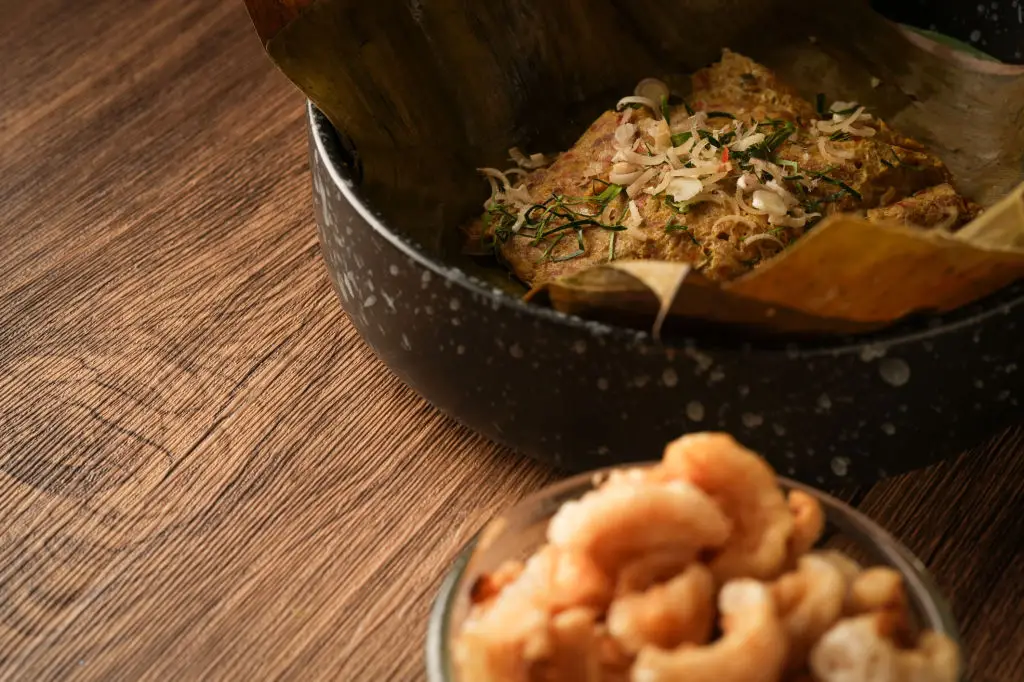
Beyond pad Thai, a fresh wave of regional Thai street food specialties finds enthusiastic audiences in the U.S. Dishes such as khao soi, boat noodles, and grilled satay are showcasing the depth and diversity of Thai cooking. Street-style restaurants and food trucks bring the buzz of Bangkok’s night markets to American cities, layering in spice, crunch, and bright herbs. From casual counter-service spots to chef-driven pop-ups, Thai cuisine emphasizes a signature balance—hot, sour, salty, and sweet. Menus often rotate with seasonal produce and feature house-made sauces that keep regulars guessing. Both travel guides and food critics praise U.S. Thai chefs for blending authenticity with approachability. It’s not just about novelty—the rise of Thai comfort food highlights how adventure and subtlety can coexist in a single meal.
8. Hot Pot Gatherings

Chinese hot pot has become a centerpiece of American communal dining, inviting friends and families to gather around steaming pots of broth. Guests customize each bite by swirling meats, vegetables, and noodles in selections ranging from mild herbal flavors to fiery Sichuan spice. This choose-your-own-adventure format proves especially appealing for group celebrations or adventurous suppers. Both national chains and independent restaurants now offer hot pot experiences with varied menu formats—from traditional soup bases to modern, house-special broths. Seasonal ingredients and unlimited sauce bars encourage creativity. Beyond the flavors, the process itself is interactive and fun, tapping into America’s growing interest in hands-on dining. Many repeat diners have noted that it’s the laughter and learning curve, just as much as the food, that turns hot pot meals into memorable traditions.
9. Indian Regional Flavors on the Rise

Indian cuisine in America is taking a vibrant turn, spotlighting the incredible range beyond classic Northern staples. Dosas—crisp, tangy rice crepes—share the stage with savory chaat, fragrant biryanis, and rich thalis representing diverse regions. Modern restaurants and pop-ups are diving deep into South Indian, Gujarati, Bengali, and Maharashtrian specialties, often with a focus on seasonal, local ingredients. Chefs are reimagining family recipes, adapting spice blends and cooking techniques for American audiences without sacrificing depth. Customers report being delighted by both the familiar and the exotic: a crunchy street snack may sit alongside a delicately spiced curry, offering discovery with each order. The movement is not just about broadening palates—it also celebrates culture and community, bringing diners closer to the stories behind each region’s food.
10. Japanese Dessert Innovation
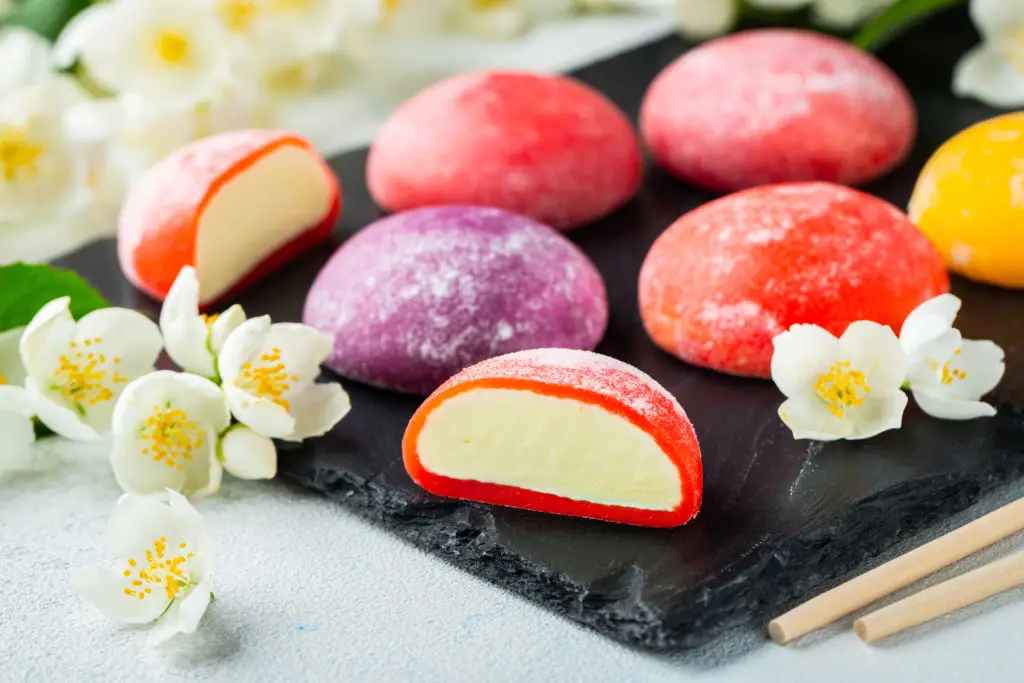
Beyond sushi and ramen, Japanese confectionery is enchanting American dessert lovers. Sweets such as mochi ice cream, fluffy souffle pancakes, and fish-shaped taiyaki filled with red bean paste have become foodie favorites in cities big and small. These treats are celebrated for their playful texture, gentle sweetness, and highly Instagrammable style. Asian bakeries and dessert cafés—sometimes run by second-generation Japanese American bakers—now draw loyal crowds. Flavors shift with the seasons: summer may bring yuzu or matcha, while winter lines up chestnut or strawberry confections. Dessert lovers praise the balance of novelty and comfort: familiar ingredients meet whimsical presentations, inviting customers of every age to indulge. Japanese desserts are quickly becoming as much a local fixture as cupcakes or ice cream cones.
The expanding American appetite for Asian food adventures reflects a curiosity that shows no signs of slowing. Across cities, suburbs, and even home kitchens, new flavors and traditions are gathering converts—not just through novelty, but through deep connections to history, community, and creative expression. These ten food experiences capture only a hint of what’s possible, each representing both a rooted legacy and an ever-reinventing present. Enthusiastic diners are shaping the next chapter by seeking out local restaurants, supporting chef-led pop-ups, and experimenting with ingredients from nearby markets. Trends like ramen, dim sum, or bubble tea come to life when shared with friends, tried on a whim, or marked as part of a personal tradition. As Americans continue to celebrate and respect these food cultures, the possibilities for delicious, meaningful encounters grow richer each year. Whether you’re tracking down a new Japanese sweet or gathering for hot pot with loved ones, every bite proves that food adventure is just around the corner.



